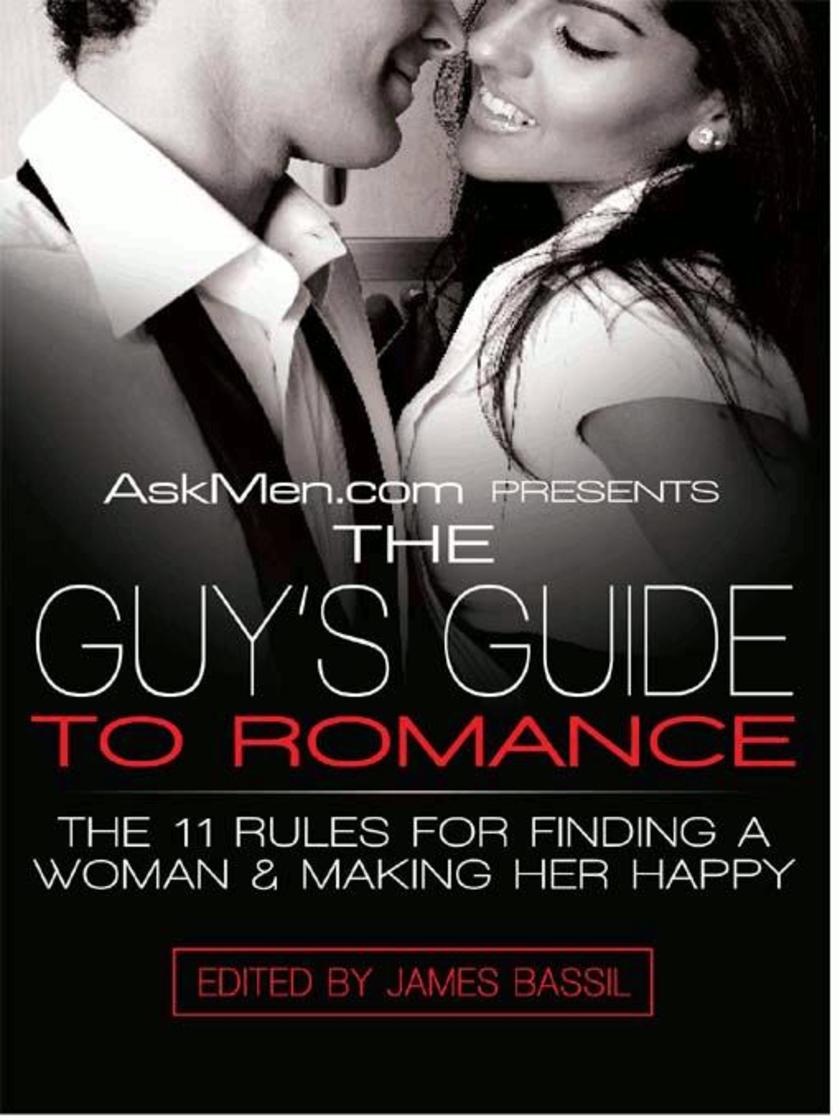
AskMen.com Presents The Guy's Guide to Romance
¥95.39
The Guy's Guide to Romance is an indispensable handbook filled with fundamentals that every man can use to enter into or maintain a happy, healthy relationship. Divided into 11 rules, The Guy's Guide to Romance helps you cater to your girlfriend's wants and needs and teaches you how to get her to do the same for you. You'll learn how to handle arguments and jealousy, how to live together without driving each other crazy, and how to balance your social life with your romantic life. From the first date to the marriage proposal, from meeting her family to keeping the relationship exciting, The Guy's Guide to Romance is essential reading for every man who wants to get a great girl and keep her.
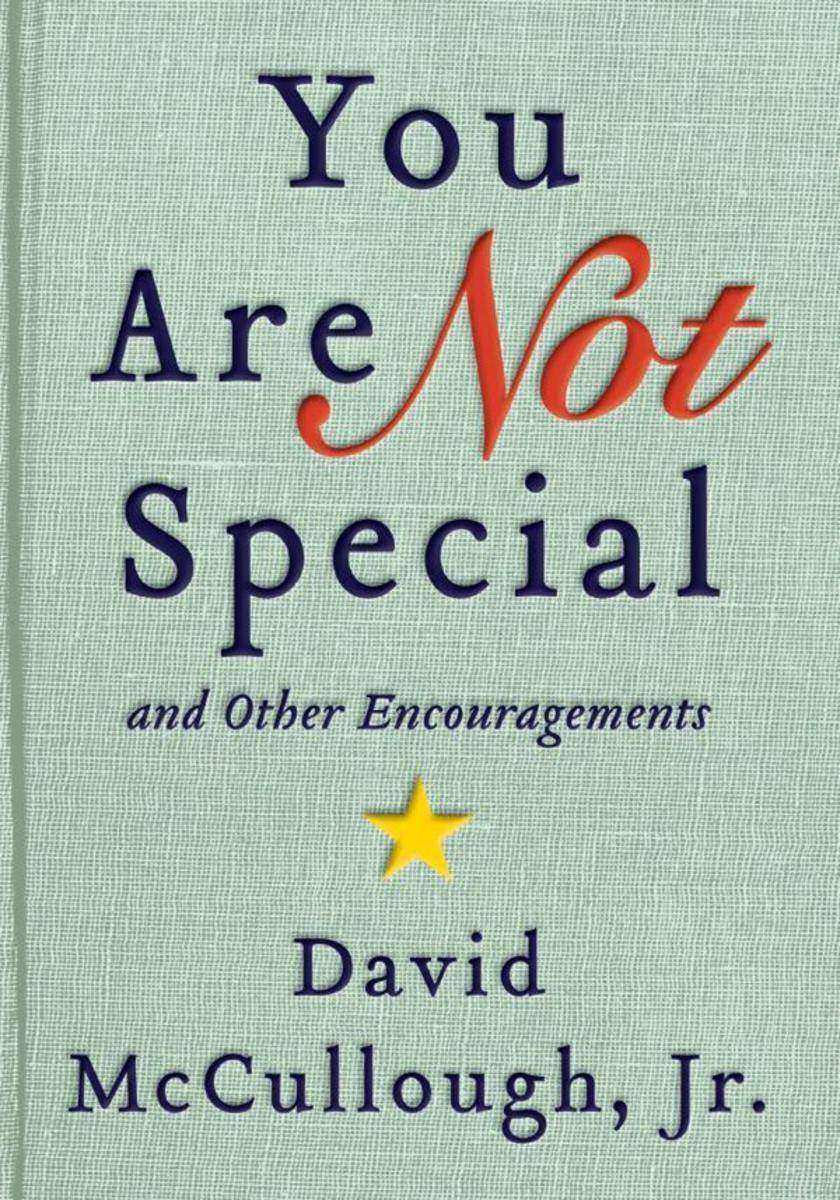
You Are Not Special
¥94.10
A profound expansion of David McCullough, Jr.'s popular commencement speech a call to arms against a prevailing, narrow, conception of success viewed by millions on YouTube You Are (Not) Special is a love letter to students and parents as well as a guide to a truly fulfilling, happy life.Children today, says David McCullough high school English teacher, father of four, and son and namesake of the famous historian are being encouraged to sacrifice passionate engagement with life for specious notions of success. The intense pressure to excel discourages kids from taking chances, failing, and learning empathy and self-confidence from those failures.In You Are (Not) Special, McCullough elaborates on his now-famous speech exploring how, for what purpose, and for whose sake, we're raising our kids. With wry, affectionate humor, McCullough takes on hovering parents, ineffectual schools, professional college prep, electronic distractions, club sports, and generally the manifestations, and the applications and consequences of privilege. By acknowledging that the world is indifferent to them, McCullough takes pressure off of students to be extraordinary achievers and instead exhorts them to roll up their sleeves and do something useful with their advantages.
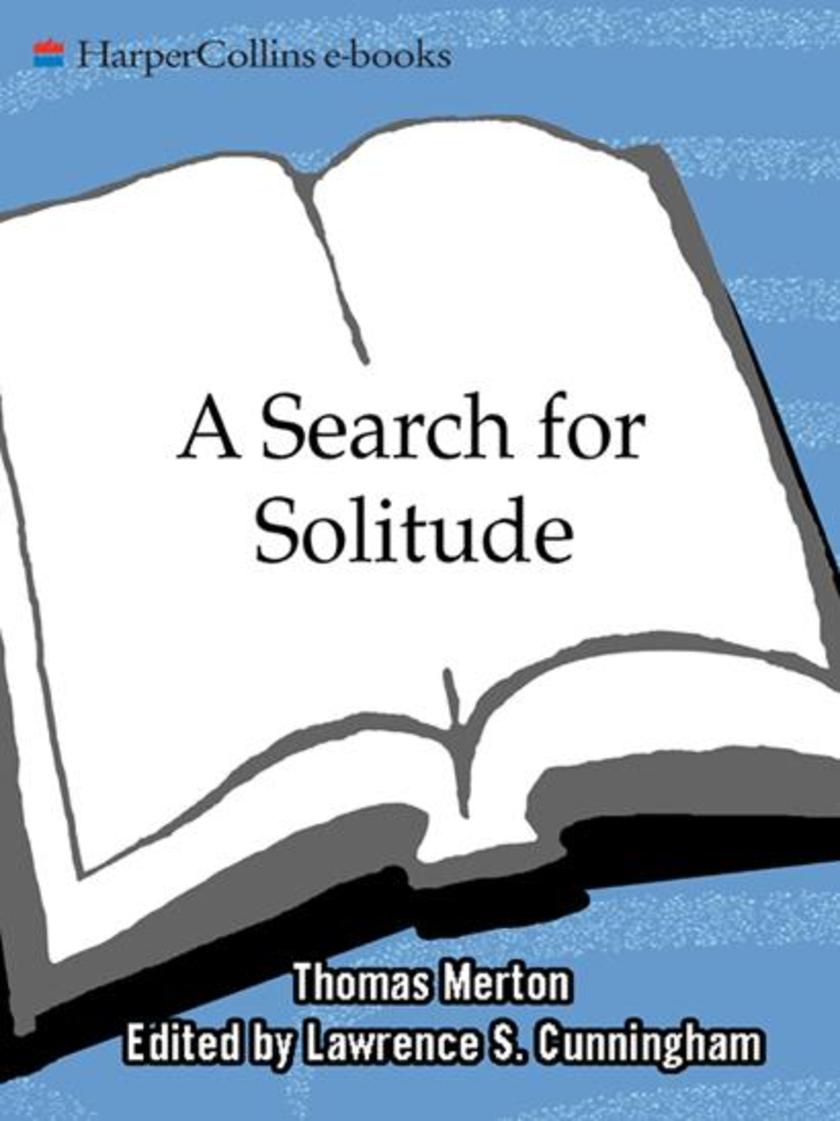
A Search for Solitude
¥99.65
The third volume of Thomas Merton's journals chronicles Merton's attempts to reconcile his desire for solitude and contemplation with the demands of his new-found celebrity status within the strictures of conventional monastic life.
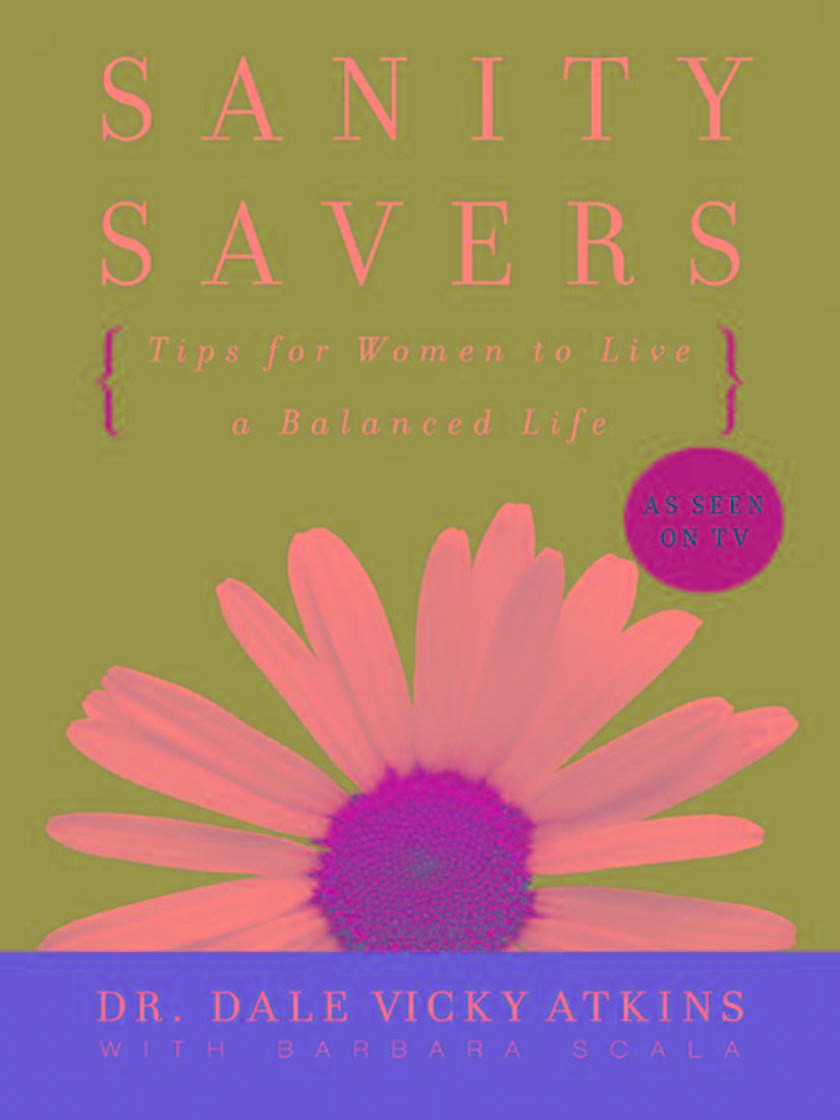
Sanity Savers
¥72.70
Our world is much more difficult, demanding, and faster-paced than it ever was before. Most women are finding it nearly impossible to escape and wind down even for a few short minutes. Psychologist and author Dr. Dale V. Atkins, the creator and host of television's "Dr. Dale's Life Issues," has the solution: Sanity Savers 52 weeks of invaluable daily tips, thoughts, and suggestions that will help you restore balance, order, simplicity, and, most important, happiness to your over-stimulated life.All it takes is a few minutes each day to save your sanity . . . and improve your life!
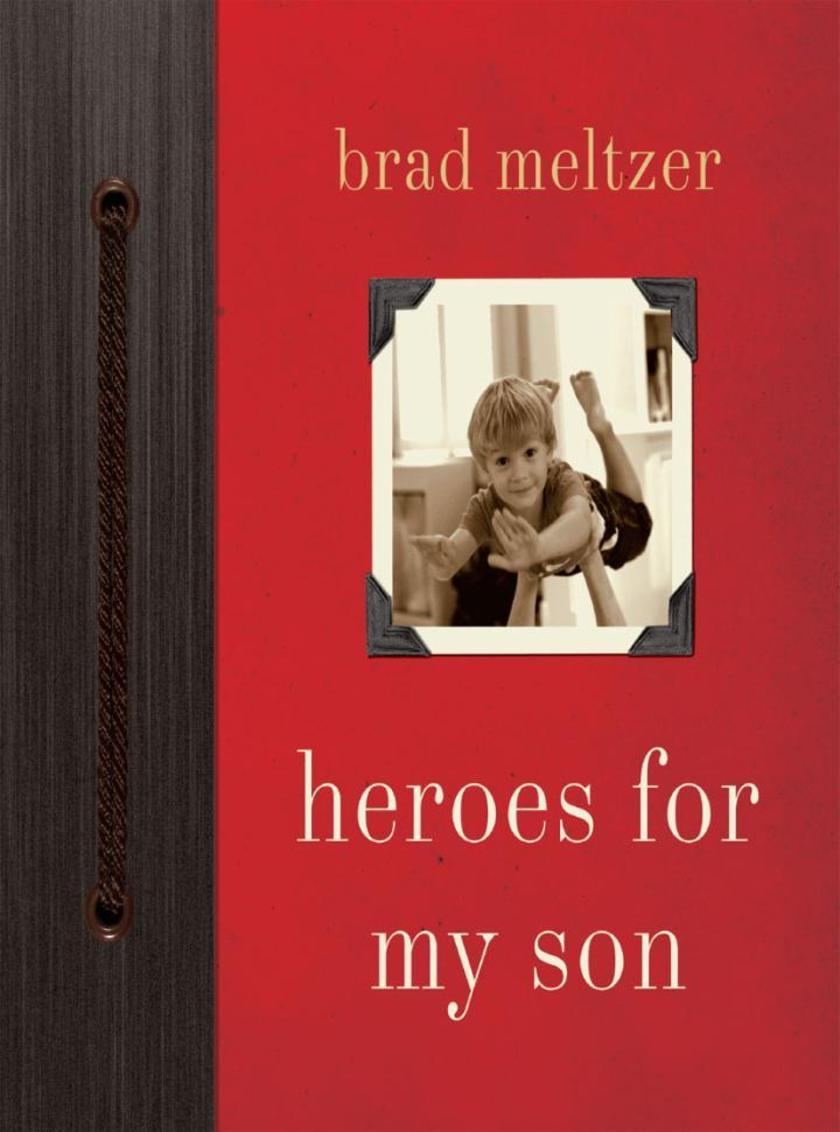
Heroes for My Son
¥111.91
When Brad Meltzer's first son was born eight years ago, the bestselling writer and new father started compiling a list of heroes whose virtues and talents he wanted to share with his son: Abraham Lincoln, Rosa Parks, Jim Henson, Amelia Earhart, Muhammad Ali . . . and so many more, each one an ordinary person who was able to achieve the extraordinary. The list grew to include the fifty-two amazing people now gathered in Heroes for My Son, a book that parents and their children sons and daughters alike can now enjoy together as they choose heroes of their own.From the Wright Brothers, who brought extra building materials to every test flight, planning ahead for failure, to Miep Gies, who risked her life to protect Anne Frank and her family from the Nazis during World War II, Heroes for My Son brings well-known figures together with less famous ones, telling the inspiring, behind-the-scenes stories of the moment that made them great. They are a miraculous group with one thing in common: each is an example of the spectacular potential that can be found in all of us.Heroes for My Son is an unforgettable book of timeless wisdom, one that families everywhere can share again and again.
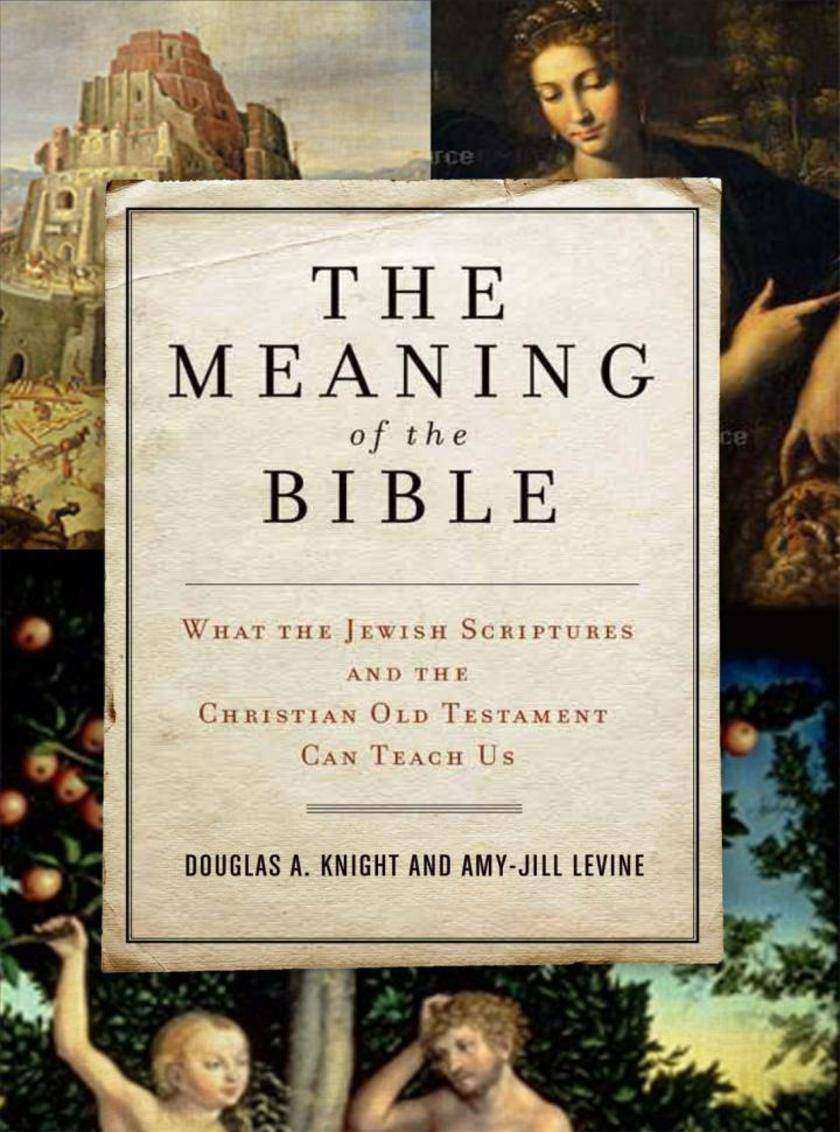
The Meaning of the Bible
¥110.71
In this lively and fresh introduction to the *ures of ancient Israel (what Christians call the Old Testament and Jews call the Tanakh), two preeminent biblical scholars, Douglas A. Knight and Amy-Jill Levine, combine their passion and expertise to examine not just what the Bible says but what it means. Through their eyes we see anew the Bible’s literary brilliance, moral profundity, historical settings, and implications for our faiths and our future. Passed down for generations, compiled between 500 and 100 BCE, and finalized around the time of Jesus, the various accounts in the Hebrew Bible took shape under a variety of cultures. Drawing on their extensive biblical scholarship, Knight and Levine explore this diverse history and equip us with the critical tools necessary to understand what the ancient texts originally meant. With long experience in teaching candidates for the ministry as well as undergraduate and graduate students, they also explore the possible meanings the texts hold today for churches, synagogues, and anyone interested in the Bible’s legacy.Knight and Levine begin with the broader biblical story its historical context, literary artistry, and geographical setting. They then turn to the major biblical themes with which modern readers continue to wrestle: law and justice, human evil and God’s response, belief and practice, chaos and creation, war and peace, gender and sexuality, politics and economics, practical wisdom and apocalyptic vision. For each topic, they provide both general overviews and specific analyses of select biblical passages, explaining how and why their approaches reveal new insights and offering various strategies for informed interpretation.Throughout, Knight and Levine inspire us to ask new questions and develop a deeper understanding of one of the greatest collections of literature known to humankind as illuminating today as it was two thousand years ago.

AskMen.com Presents From the Bar to the Bedroom
¥95.39
Gentlemen, start your engines. From the Bar to the Bedroom is the definitive go to book for anyone in need of guidance when it comes to bedding the fairer sex, from approaching the woman one wishes to take home to dazzling her once she's there. Divided into 11 rules, the book begins by helping men learn the fundamentals of confidence and conversation. It moves on to instruct men on the virtues of foreplay, the importance of having a sex friendly bachelor pad, ways they can pick up women at the gym or at the office, and the variety of techniques and tricks they can use to make her night unforgettable. With tasteful line drawings, loads of tips, and a friendly, humorous tone, it is essential reading for everyone from the novice who wants to enter the game to the player who wants to polish his moves.
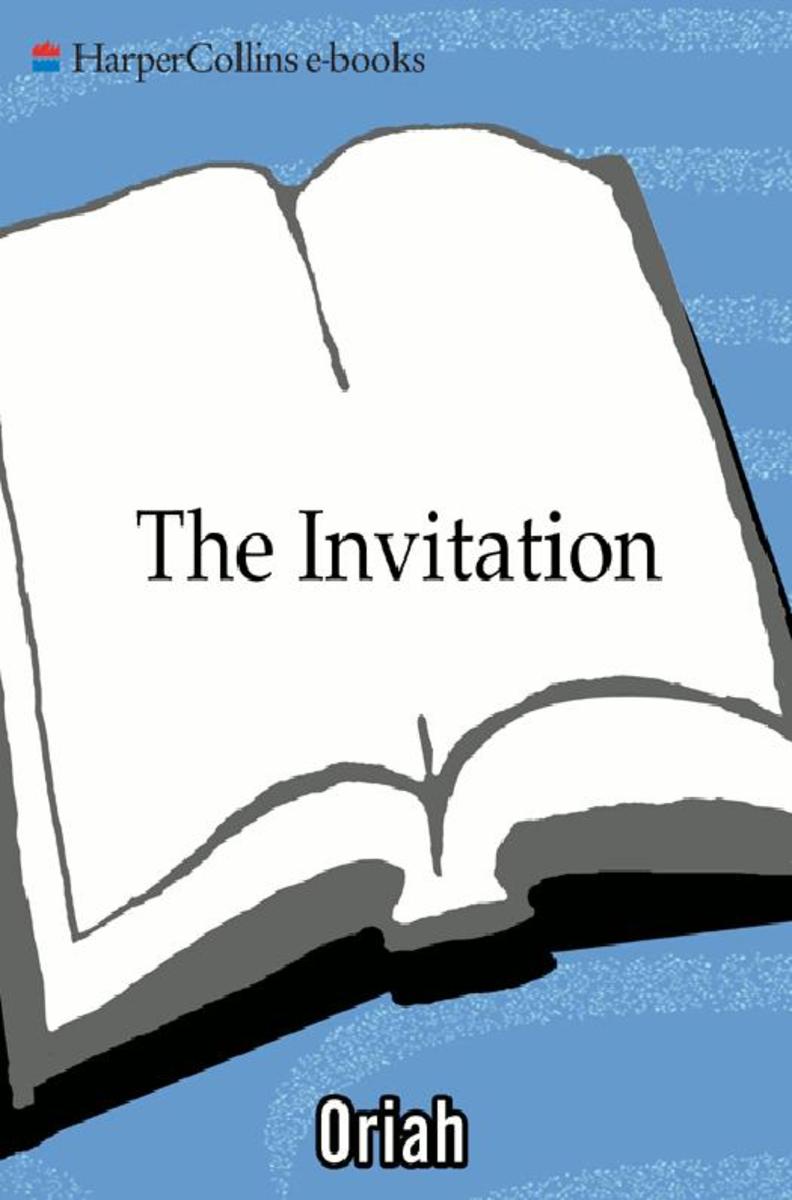
The Invitation
¥88.56
Shared by word of mouth, e-mailed from reader to reader, recited over the radio, and read aloud at thousands of retreats and conferences, "The Invitation" has changed the lives of people everywhere. In this bestselling book, Oriah expands on the wisdom found within her beloved prose poem, which presents a powerful challenge to all who long to live an authentic life.In a world of endless small talk, constant traffic jams, and overburdened schedules, "The Invitation" opens the door to a new way of life -- a way of intimacy, honesty, and peace with ourselves, others, and the world around us. Oriah invites us to embrace the varieties of human experience, from desire and commitment to sorrow and betrayal, and to open ourselves to all that is possible. The Invitation is an invaluable guide to overcoming the obstacles that stand in our way and to discovering the true beauty that life has to offer. Accept the invitation and open yourself to a more meaningful life.
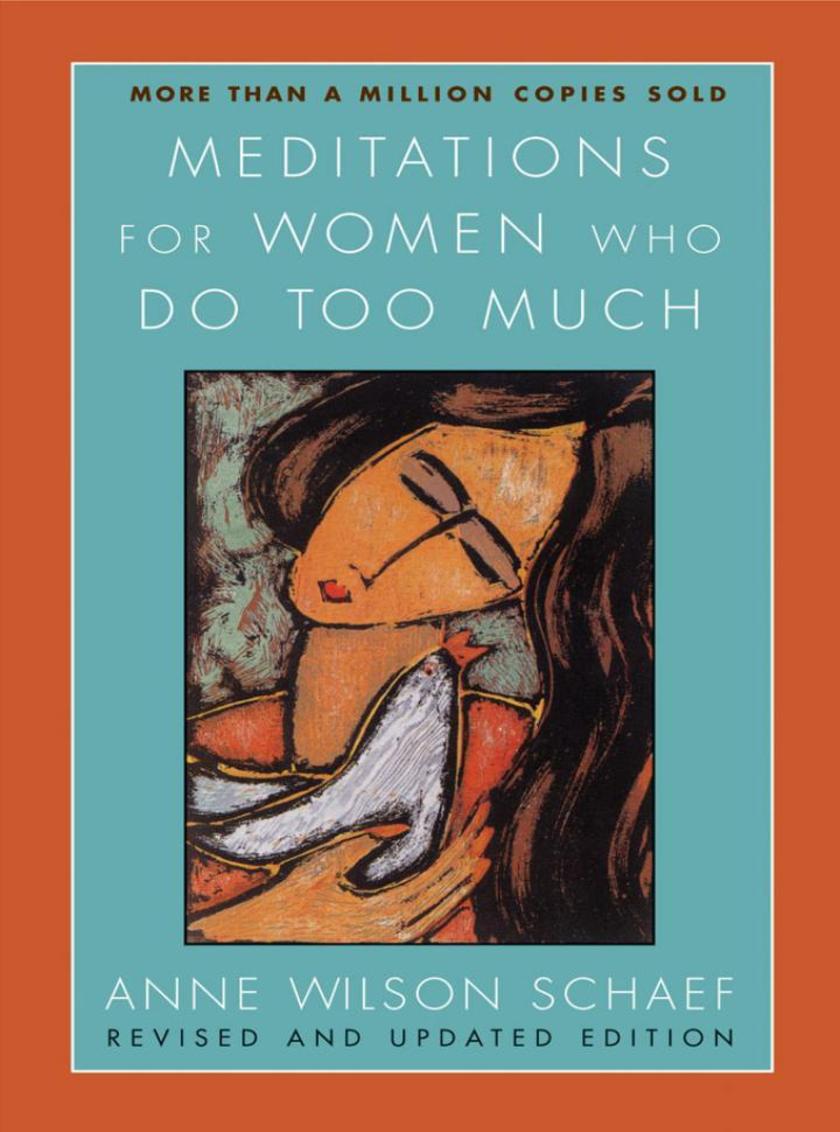
HarperOne
¥94.10
Step back from the overload that overwhelming combination of work, chores, caring for children, and meeting everyone's needs but your own and let the sage advice, warmhearted humor, encouraging reminders, and inspiring thoughts from women around the world help you discover a much-deserved calm amidst the whirlwind of your life.This revised and updated edition of the classic bestseller, with a new introduction by the author, is the perfect gift for yourself or all the workaholics, rushaholics, and careaholics in your life. Millions of women have found daily comfort and sustenance in Schaef's insightful meditations. Meditations for Women Who Do Too Much will make it possible for you to relax, refuel, and, most important, honor yourself and all that you do everyday of the year.

The Big Leap
¥99.65
Most of us believe that we will finally feel satisfied and content with our lives when we get the good news we have been waiting for, find a healthy relationship, or achieve one of our personal goals. However, this rarely happens. Good fortune is often followed by negative emotions that overtake us and result in destructive behaviors. "I don't deserve this," "this is too good to be true," or any number of harmful thought patterns prevent us from experiencing the joy and satisfaction we have earned. Sound familiarThis is what New York Times bestselling author Gay Hendricks calls the Upper Limit Problem, a negative emotional reaction that occurs when anything positive enters our lives. The Upper Limit Problem not only prevents happiness, but it actually stops us from achieving our goals. It is the ultimate life roadblock. In The Big Leap, Hendricks reveals a simple yet comprehensive program for overcoming this barrier to happiness and fulfillment, presented in a way that engages both the mind and heart. Working closely with more than one thousand extraordinary achievers in business and the arts from rock stars to Fortune 500 executives whose stories are featured in these pages, the book describes the four hidden fears that are at the root of the Upper Limit Problem.The Big Leap delivers a proven method for first identifying which of these four fears prevents us from reaching our personal upper limit, and then breaking through that limitation to achieve what Hendricks refers to as our Zone of Genius. Hendricks provides a clear path for achieving our true potential and attaining not only financial success but also success in love and life.
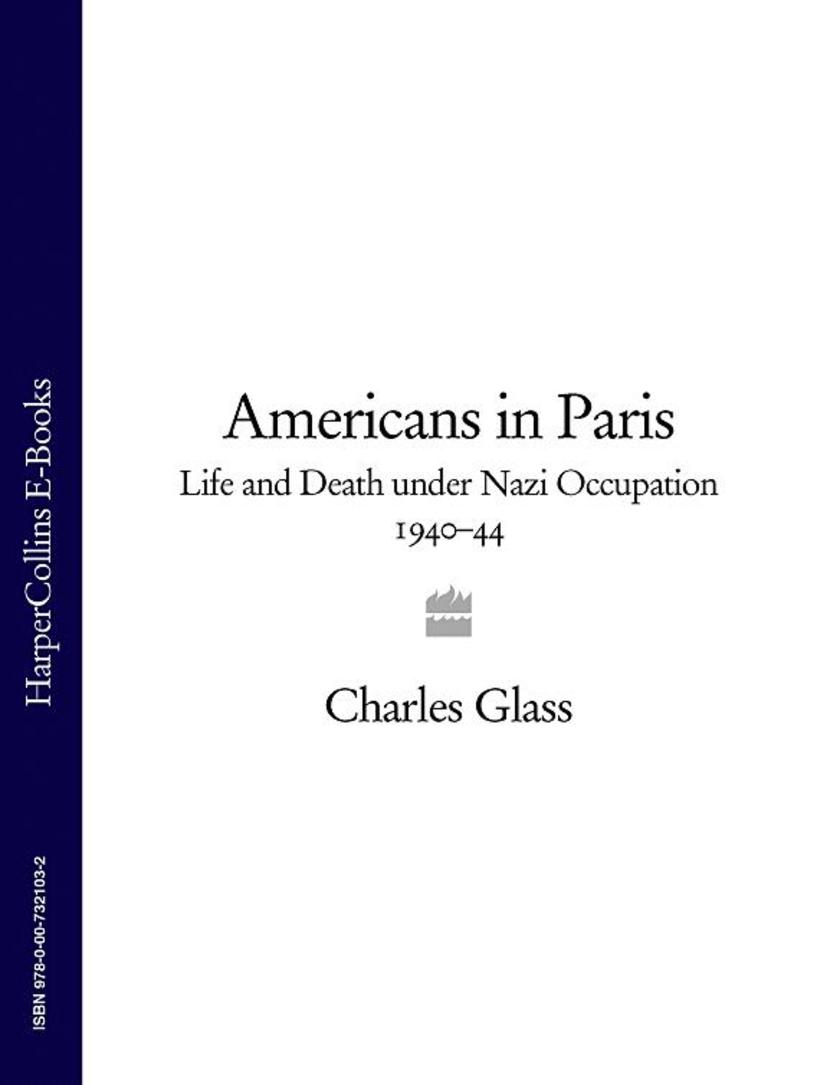
Americans in Paris: Life and Death under Nazi Occupation 1940–44
¥95.75
An elegantly written and highly informative account of a group of Americans living in Paris when the city fell to the Nazis in June 1940. In the early hours of 14 June 1940, Nazi troops paraded through the streets of Paris, marking the beginning of the city’s four-year occupation. French troops withdrew in order to avoid a battle and the potential destruction of their capital. It wasn't long before German tanks rumbled past the Arc de Triomphe and down the Champs Elysees to the Place de la Concorde. The American community in Paris was the largest in Continental Europe, totalling approximately 30,000 before the Second World War. Although Ambassodor Bullitt advised those without vital business in the city to leave in 1939, over half of the Americans in Paris chose to stay. Many had professional and family ties to the city; the majority, though, had a peculiarly American love for the city, rooted in the bravery of the Marquis de la Fayette and the 17,000 Frenchmen who volunteered to fight for American independence in 1776. An eclectic group, they included black soldiers from the Harlem Hellfighters, who were determined not to return to the racial segregation that they faced at home, rich socialites like Peggy Guggenheim and Florence Jay Gould, as well as painters, musicians, bankers and businessmen. There were those whose lives went on as if the Germans were ephemera, those who collaborated and those, like Dr Sumner Jackson and Etta Shiber, who worked underground for the resistance movement. This is a book about adventure, intrigue, passion and deceit, and one which follows its characters into the Maquis, the concentration camps and overseas. Filled with a huge amount of new analysis on the Second World War, ‘Americans in Paris’ is a fascinating, revealing and moving read.
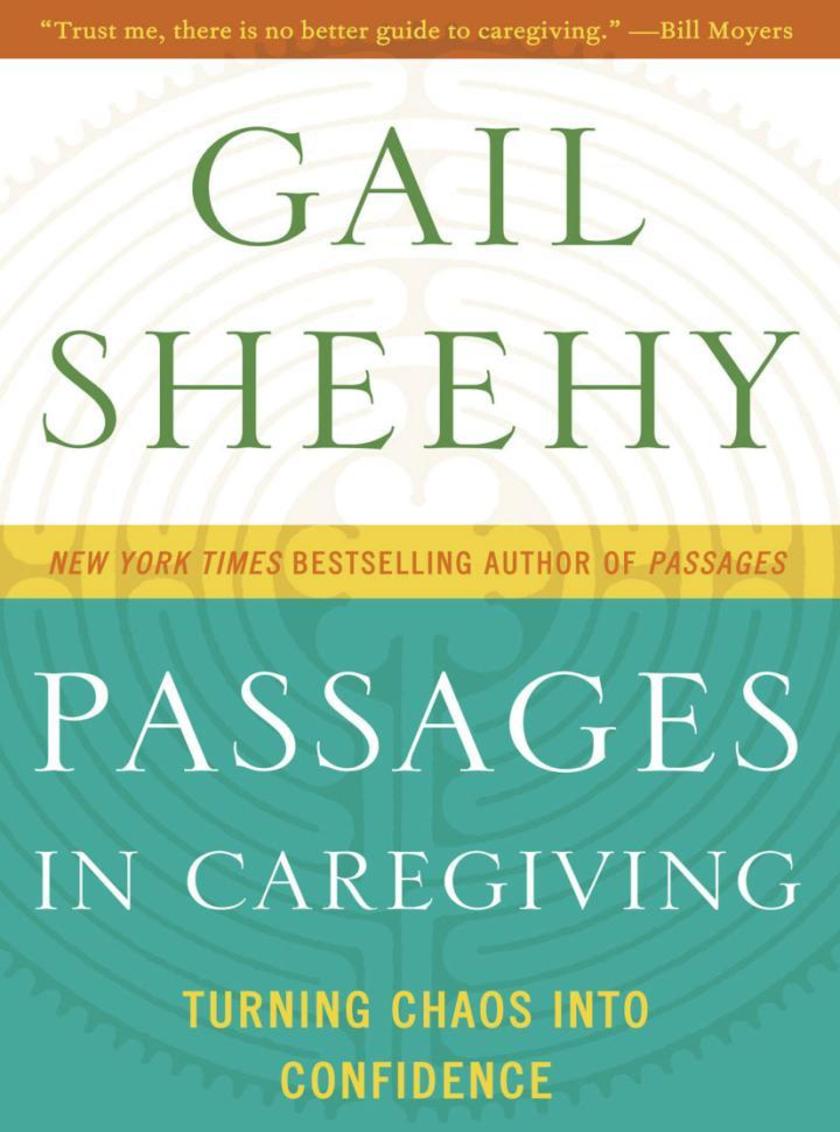
Passages in Caregiving
¥94.10
"I didn't expect this." No one really expects it, but at some time or another, just about everyone has been or will be responsible for giving care, for a sustained period, to someone close to them. Gail Sheehy, who has chronicled every major turning point for twentieth-century Americans, as well as reported on everything from politics to sexuality, knows firsthand the trials, fears, and rare joys of caregiving. In Passages in Caregiving, she takes you by the hand and shows you that you will get through this, and you will do the right things.Sheehy identifies eight crucial stages of caregiving and offers insight for successfully navigating each one. With empathy and intelligence, backed by formidable research, and interspersed with poignant stories of her experience and that of other successful caregivers, Passages in Caregiving addresses the needs of this enormous and growing group. It is sure to become the touchstone for this challenging yet deeply rewarding period in your life journey.Providing invaluable advice and guidance, this book examines the arc of caregiving from the first signs of trouble. Sheehy answers the most important questions to consider: How serious is itWhat do I ask the doctorHow will this be paid forWhat are our optionsAt the same time she offers new tips and strategies that you won't find anywhere else.Most important, however, Passages in Caregiving points out that you don't have to be alone in this process. Included are countless resources and names of advocacy groups that are there to help even the most complicated of situations, many of which are woefully underutilized. With Gail Sheehy as your guide, Passages in Caregiving is sure to help turn a stressful, life-altering situation into a journey that can be safely navigated and from which everyone can benefit.
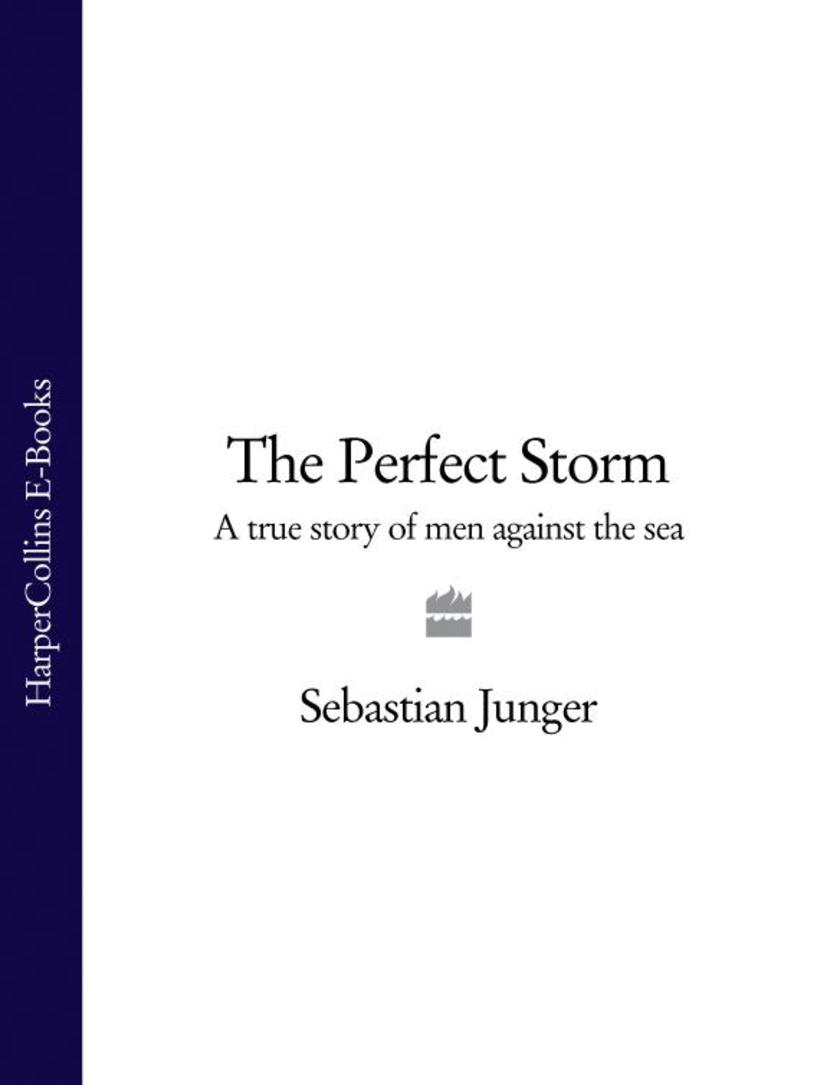
The Perfect Storm: A True Story of Men Against the Sea
¥66.22
The worst storm in history seen from the wheelhouse of a doomed fishing trawler; a mesmerisingly vivid account of a natural hell from a perspective that offers no escape. The ‘perfect storm’ is a once-in-a-hundred-years combination: a high pressure system from the Great Lakes, running into storm winds over an Atlantic island – Sable Island – and colliding with a weather system from the Caribbean: Hurricane Grace. This is the story of that storm, told through the accounts of individual fishing boats caught up in the maelstrom, their families waiting anxiously for news of their return, the rescue services scrambled to save them. It is the story of the old battle between the fisherman and the sea, between man and Nature, that awesome and capricious power which can transform the surface of the Atlantic into an impossible tumult of water walls and gaping voids, with the capacity to break an oil tanker in two. In spare, lyrical prose ‘The Perfect Storm’ describes what happened when the Andrea Gail looked into the wrathful face of the perfect storm.

Happy Housewives
¥95.39
Says former desperate housewife Darla Shine to stay-at-home moms everywhere: What have you got to complain aboutA modern-day guide to keeping house, raising kids, and loving life. Darla Shine was once a desperate housewife. Being at home with two small children and a husband who was rarely home was enough to drive her crazy. She left her high-profile job as a television producer after her son was born, while her husband continued to move up the corporate ladder. Like many of her stay-at-home-mom friends, Shine employed a housekeeper and baby-sitters so she could spend her time running to the salon, the club, and out to lunch. Then one day she was whining to her mother about how terrible her life was, and her mother yelled at her to wake up and stop being so selfish. It was just the wakeup call she needed!The desperate housewife craze of today is sending the wrong message to women and their children everywhere, says Shine. When did being a good mom and being proud to stay home with the kids go out of styleWhen did it become acceptable to cheat on your husbandWhen did mothers start dressing like their teenage daughtersShine finds the standards of today's desperate housewives astonishingly low, and she has set out to teach women how they can be good mothers, look good, and feel good about the choices they make. Being a housewife does not mean you are on house arrest or can't be satisfied in your marriage. So step up, realize that you want to be home with your children, and embrace your life.
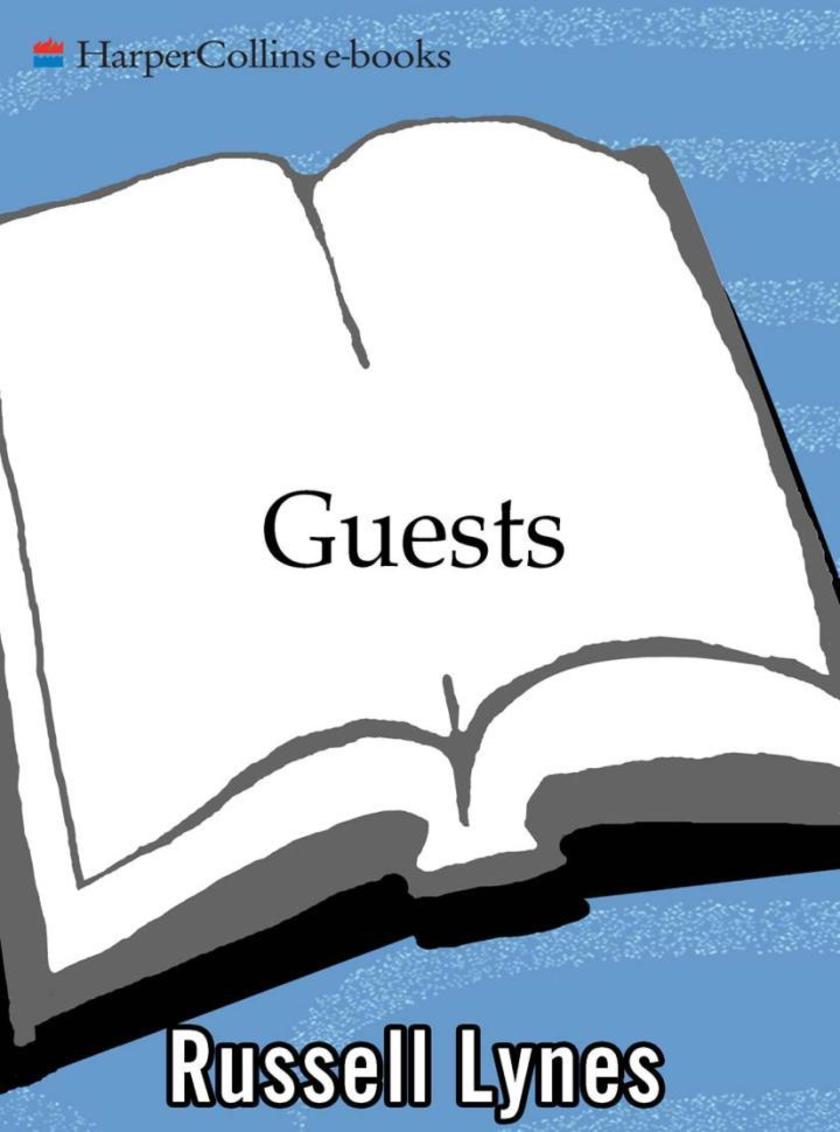
Guests
¥56.08
Our eminent founding father Ben Franklin once famously compared guests to stinking fish. While this assessment may seem a trifle harsh, the truth remains that social intercourse is a most risky endeavor. Who better to address this concern than the inimitable pundit Russell Lynes a man renowned for his unparalleled expertise on the social graces and the many personality types who regularly abuse themIn this classic guide to "guesting," Lynes provides an indispensable overview of the rituals of behavior that make it possible to visit and be visited, and the necessary safeguards that protect us from our friends and our friends from us. It is a book that demands to be read by every potential guest and host, stinker and stinkee alike.
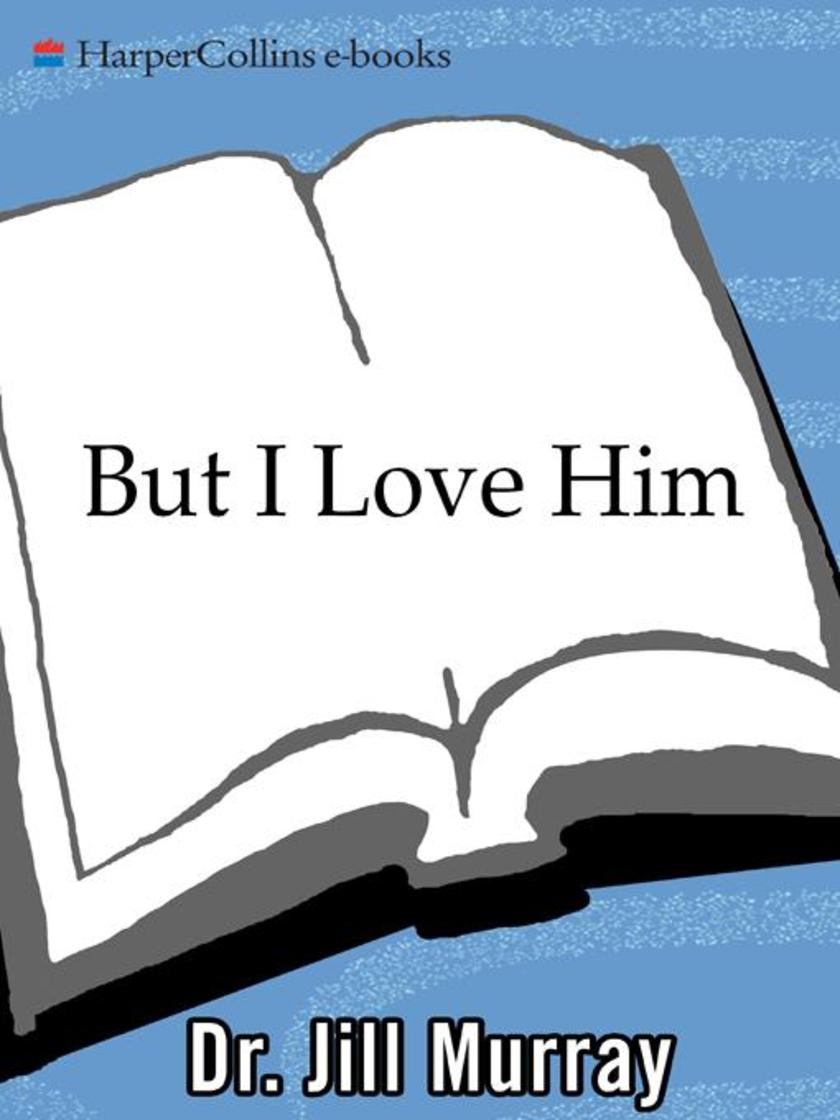
But I Love Him
¥77.49
One in three girls will be in a controlling, abusive dating relationship before she graduates from high school – from verbal or emotional abuse to sexual abuse or physical battering. Is your daughter in dangerDr. Jill Murray speaks on the topic of dating violence at high schools around the country, reaching more than 10,000 students, teachers, and counsellors each year. In every school she visits, she is approached by teenage girls in miserable relationships who, when confronted with the option of breaking up with the boy, exclaim, "But I love him!" Many young women and their parents, aren't even aware of the indications of a potentially abusive relationship. What's most alarming is that these warning signs are also some of the behaviours that girls find most flattering: A boy pages and calls a girl often but as a form of control, not affection. He wants to spend all his time with her, but eventually won't allow her to spend time with her friends. He says "I love you" very early in the relationship. These behaviours can escalate into blaming, isolating, manipulating, threatening, humiliation, and sexual and physical abuse. In But I Love Him, Dr. Murray identifies these controlling, abusive patterns of behaviour and helps you get your daughter out of the relationship without alienating her. You will learn what draws her to this type of relationship, why she has a hard time talking to you about it, the special barriers teens face when breaking off a relationship, and what's going on in the mind of a teen abuser. Dr. Murray will help you show your teen what a respectful relationship looks like, and teach her the importance of respecting herself. edition.
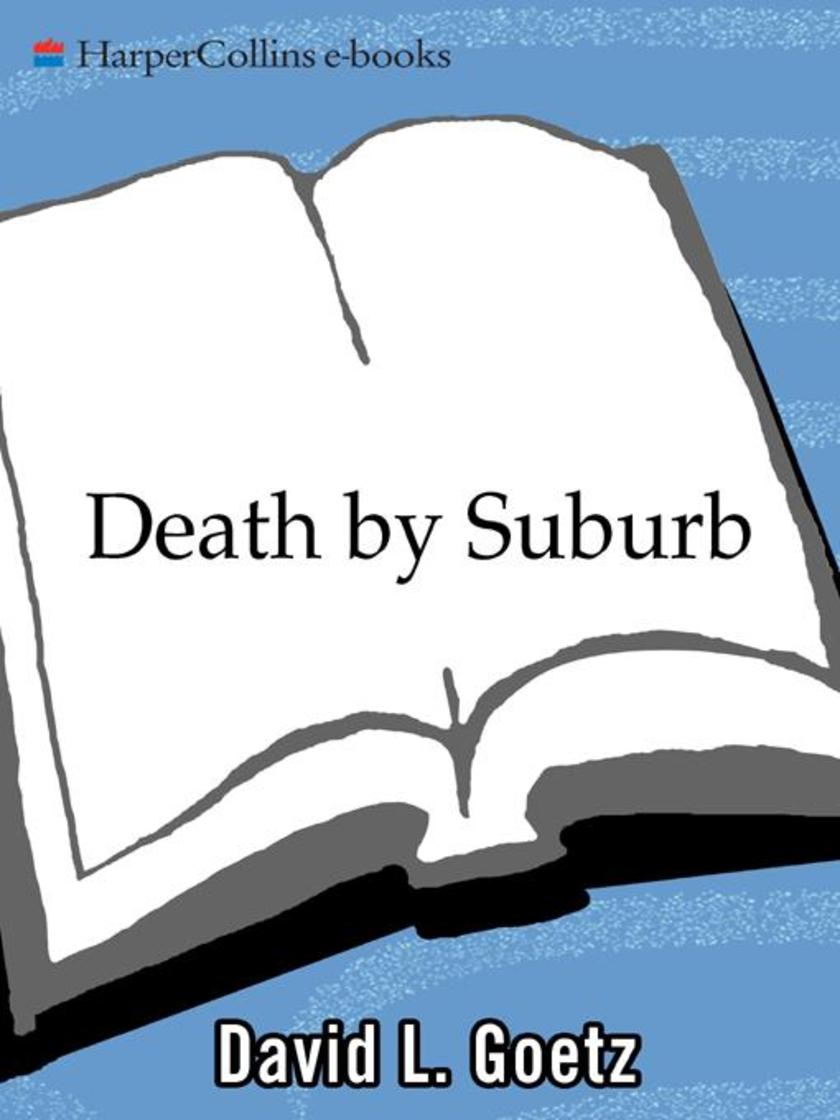
Death by Suburb
¥77.49
A great number of seekers find themselves in the seemingly unreal world of the suburbs. They read spirituality books but find themselves in carpools and coaching soccer, not in monasteries. Dave Goetz, a former pastor, shows that the suburbs are a real world, but a spiritually corrosive one. The land of SUVs and soccer leagues can truly be toxic to the soul. Suburbanites need to understand how the environment affects them and what spiritual disciplines are needed for their faith to survive and thrive. Goetz identifies eight toxins in the suburban life, such as hyper competition and the "transactional" friendship, and suggests eight corresponding disciplines to keep the spiritual life authentic. Goetz weaves sociology studies, his own experiences, current events, wisdom of the spiritual masters, and a little humor to equip spiritual suburbanites for how to relate to God amidst Starbucks, strip malls, and perfect lawns.
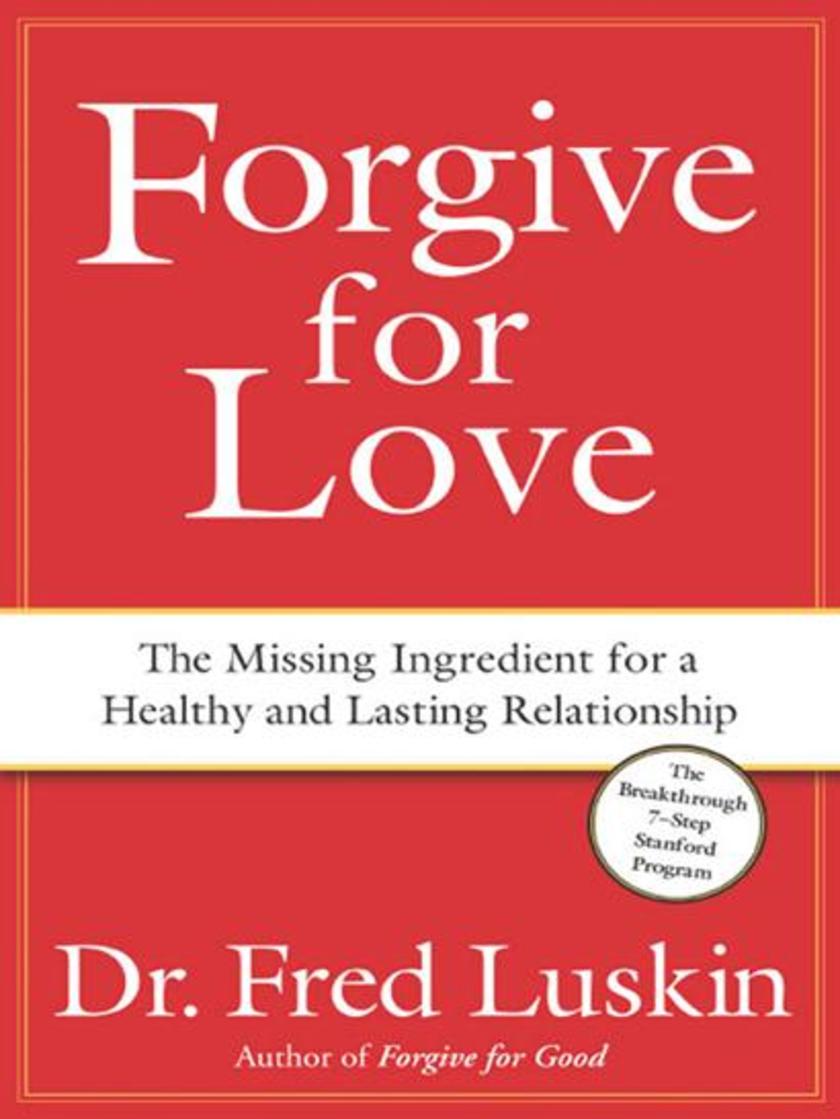
Forgive for Love
¥83.03
Finding the love of your life and holding onto that relationship is more difficult than ever. The problem hasn't gone unnoticed. From relationship therapists to speed-dating, self-help books to online matchmaking, an entire industry has developed to help us navigate the bumpy road of relationships. Yet in spite of the availability of all these resources, many of us still struggle to discover and keep the love of our lives. That is, until now.This groundbreaking book from the frontiers of psychology offers startling new research about the one missing factor that is vital to relationships forgiveness. A national bestselling author and leading expert on forgiveness, Dr. Fred Luskin shows that no matter how much two people may love each other, their relationship will not succeed unless they practice forgiveness an approach that most relationship experts continue to ignore.Why is forgiveness an essential tool for relationshipsStudies reveal that 70 percent for what we argue about at the beginning of our relationships will never be fully resolved. In other words, our basic needs and behaviors don't change over time. The issues are endless: the socks that always end up on the floor, how often to have sex, the ESPN obsession, working hours, and, of course, friends and family. Without forgiveness, these issues, however big or small, too easily turn into relationship-eroding grudges.Forgive for Love is the solution for your relationship woes, providing the tools you need to find and hold onto the love of your life. Dr. Luskin delivers a proven seven-step program for creating and maintaining loving and lasting relationships, teaching easy-to-learn forgiveness skills that will not only resolve immediate conflicts but improve the overall happiness and longevity of your relationships. Simply put: people in healthy relationships figure out how to forgive their partners for being themselves. They do so because it is nearly impossible to change other people and because none of us are perfect. Forgiveness is the key, and Forgive for Love has the answers.

Black Pearls for Parents
¥78.55
Meditations, Affirmations, and Inspirations for African-American Parents Eric. V Copage's Black Pearls became an instant best-seller and was the winner of the Blackboard African-American Bestsellers award for best non-fiction book of 1994. Now he has created a book of inspirational thoughts, practical advice and pearls of wisdom specifically for African-American parents. The 365 quotes that begin each day's entry range from African proverbs to wisdom and insight from Ida B Wells, Martin Luther King, Jr, Maya Angelou, Oprah Winfrey, Willie Mays, Marva Collins and Martin Wright Edelman, among hundreds of other diverse and accomplished people of African descentEach day's entry covers a topic that affects parents (and their children) - including Role Models, Friends , Procrastination, Affection, Priorities, Independence, Stress, Faith, and hundreds more. From the daily inspirations and specific actions that will provide guidance, comfort and inspiration to African-American parents as they deal with the pressures and joys of raising children in today's world.Copyright 1995 by Eric Copage
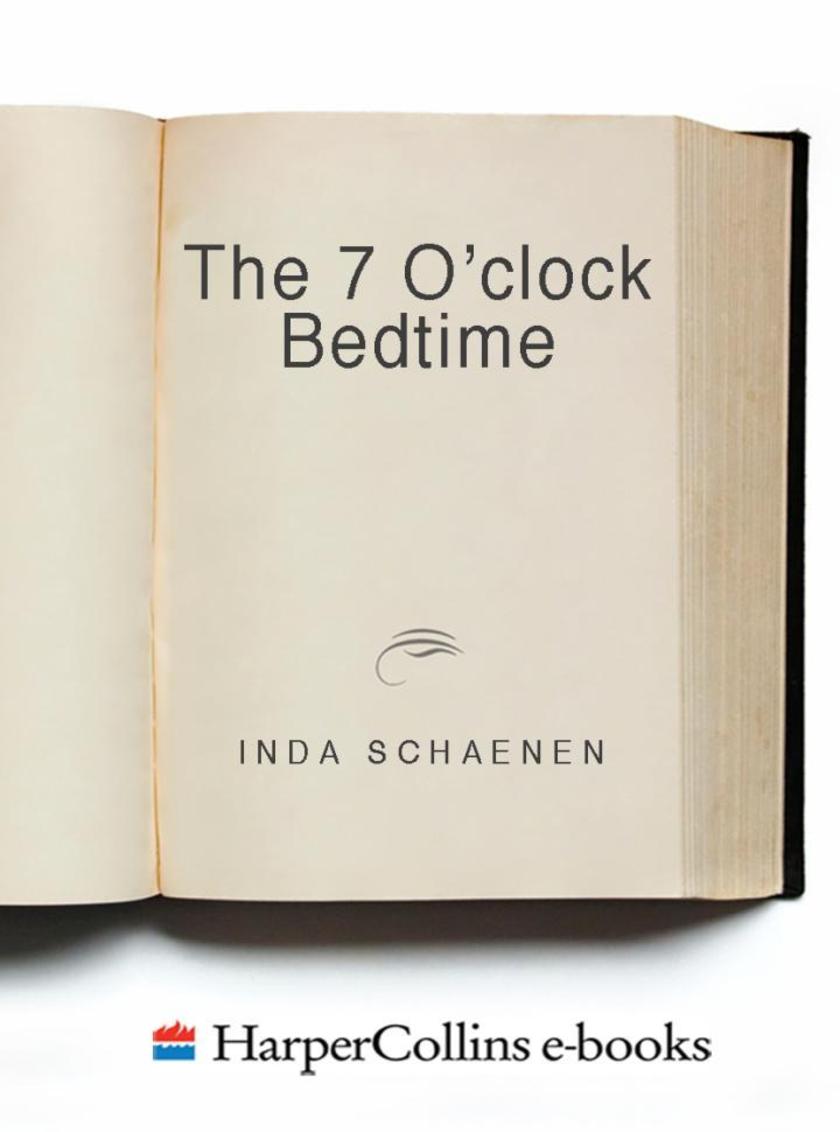
The 7 O'Clock Bedtime
¥78.32
Parenting today is harder than it was a few decades ago--and one often overlooked reason is the increasing tendency of children to get away with staying up past their bedtimes. In this constructive book, Inda Schaenen helps parents remake their children's daily schedules from dawn till dusk, suggesting dozens of lifestyle changes (for kids and parents alike) that will reduce crankiness, increase stability, improve school performance, and give parents back control of their lives.Schaenen's advice is maverick (for example, she advises against team sports for children under 14) yet eminently sensible, and she includes advice on how to answer the naysayers who think the 7 o'clock bedtime is too difficult or too harsh. Her book will help restore a sense of order to the lives of everyone who's trying to raise happy, healthy children in harrowing contemporary America. Includes recipes, reading lists, and more.
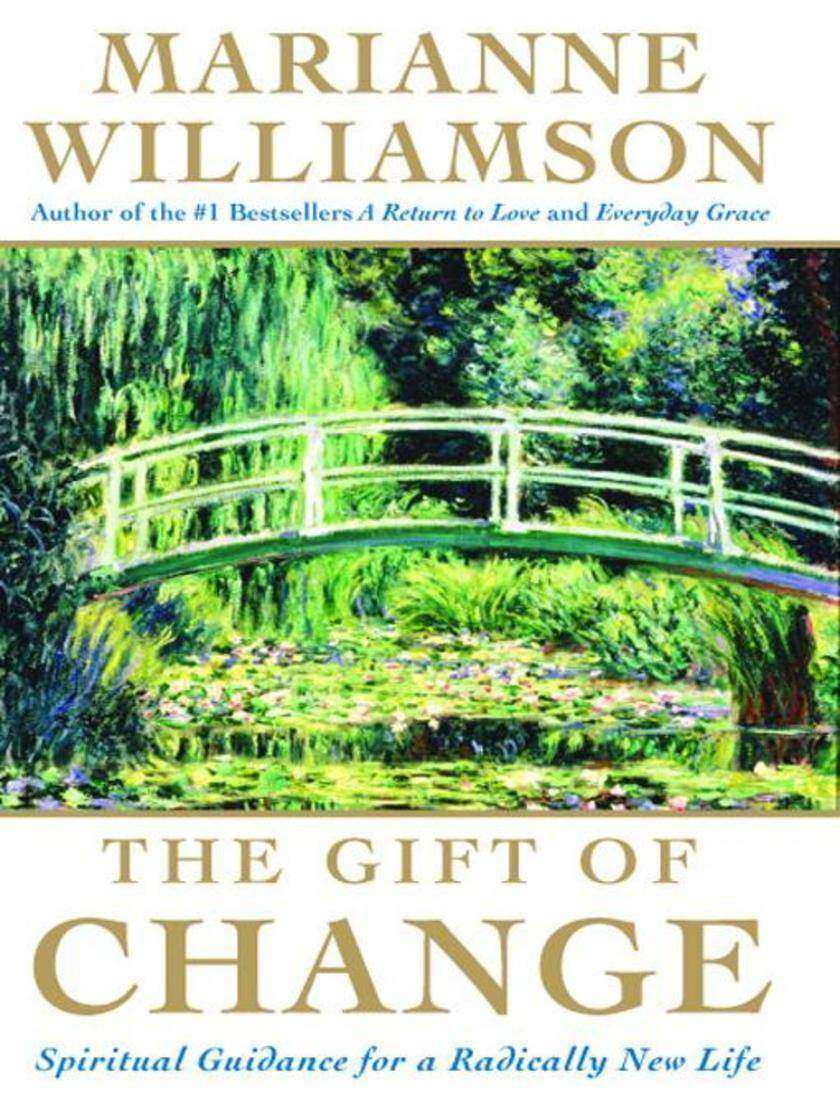
The Gift of Change
¥94.10
Bestselling author of Return to Love and Law of Divine Compensation, Marianne Williamson shows people how to live without fear or worry in The Gift of Change. The time in which we now live is more difficult and stressful than people are willing to admit. We live with an abiding sense of collective anxiety. Williamson shows how we are paralyzed in our current state of fear and anger because we are not facing and dealing with the true causes of our anxieties and fears. Williamson reveals that fear and worry do not need to be the only tools in our tool box for dealing with problems in the world. As we learn to trust God and the love that surrounds us and guides us, we will see that what causes us pain is an opportunity for growth, healing, and miracles that can transform us and our world. Williamson delivers hope and healing as she illuminates ten basic changes that each of us can make as we learn to view the world through the eyes of love instead of fear.




 购物车
购物车 个人中心
个人中心



